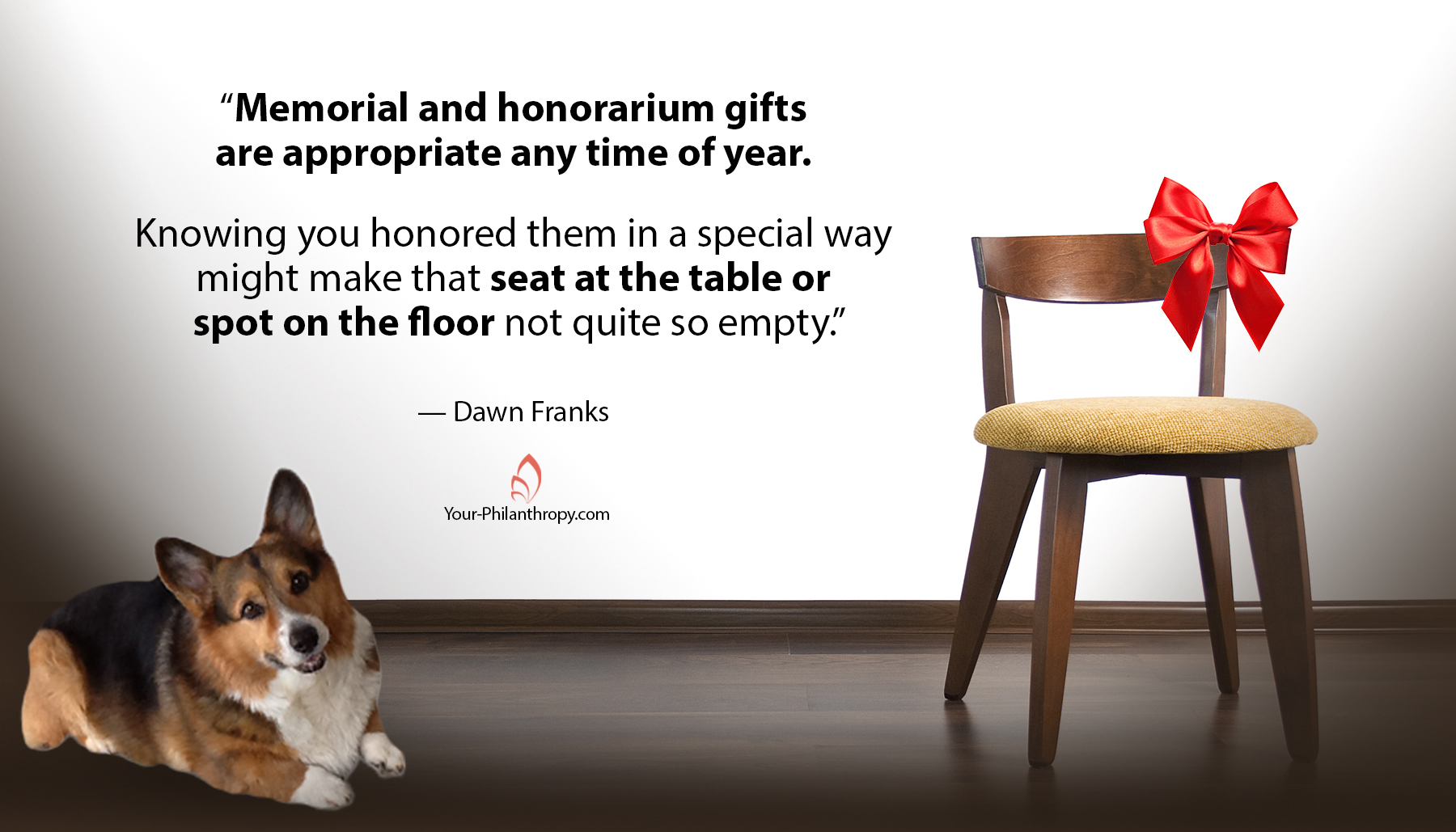The Symbolism of the Empty Chair: An Empty Chair At All The Tables

The empty chair, a simple yet powerful symbol, transcends cultural boundaries and resonates deeply with human emotions. It is a visual representation of absence, loss, and longing, evoking a sense of incompleteness and the yearning for what is missing.
The Universal Symbolism of an Empty Chair, An empty chair at all the tables
The empty chair holds a profound significance in various cultures and contexts. In many societies, it is customary to set an extra place at the table for unexpected guests, signifying hospitality and the welcoming nature of the host. However, when left empty, the chair becomes a poignant reminder of those who are absent.
In the context of mourning, the empty chair serves as a powerful symbol of loss. It represents the physical absence of the deceased and the void they leave behind in the lives of those who loved them. This is often seen in memorial services, where an empty chair is placed in the center, symbolizing the missing individual and the collective grief felt by the mourners.
The Emotional Impact of an Empty Chair
The sight of an empty chair can evoke a range of emotions, depending on the context and the individual’s personal experiences. In a family setting, an empty chair at the dinner table can be a constant reminder of a loved one who has passed away or is living far away. This can lead to feelings of sadness, loneliness, and a longing for their presence.
In a classroom setting, an empty chair can symbolize the absence of a student who is ill or has left the school. It can evoke feelings of concern, empathy, and a sense of responsibility towards the absent individual.
Examples of Empty Chairs in Literature and Art
The empty chair has been a recurring motif in literature and art, serving as a powerful symbol of absence, loss, and longing.
* In William Shakespeare’s “Hamlet,” the empty chair at the king’s table symbolizes the absence of the deceased king and the weight of Hamlet’s grief.
* In the painting “The Empty Chair” by Edward Hopper, the solitary chair in the empty room evokes a sense of isolation and melancholy.
* In the novel “The Kite Runner” by Khaled Hosseini, the empty chair in Baba’s room symbolizes the loss of his son, Amir, and the guilt he carries.
The Empty Chair as a Literary Device

The empty chair, a seemingly simple object, possesses a remarkable capacity to evoke profound emotions and serve as a powerful literary device. Its absence, rather than its presence, speaks volumes, inviting readers to delve into the narrative and explore the complex tapestry of human experiences. This seemingly innocuous object can transform into a symbol of loss, longing, memory, and anticipation, adding layers of meaning to the text.
The Empty Chair in Different Genres
The empty chair’s versatility as a literary device extends across various genres, enriching the narrative with distinct nuances.
- Poetry: In poetry, the empty chair often serves as a poignant symbol of absence and loss. The physical void represents the emotional void left by a departed loved one. For example, in “The Love Song of J. Alfred Prufrock” by T.S. Eliot, the empty chair evokes a sense of loneliness and isolation, reflecting the speaker’s inability to connect with others. The chair becomes a tangible manifestation of the speaker’s internal state, highlighting their yearning for companionship and connection.
- Drama: In dramatic works, the empty chair can be a powerful tool for creating suspense and foreshadowing. It can represent a character’s absence, their potential return, or the weight of their past actions. For instance, in Shakespeare’s “Hamlet,” the empty chair at the banquet table, meant for the deceased king, foreshadows the play’s tragic events and the weight of the past that haunts the characters. The empty chair becomes a symbol of the unresolved conflict and the looming sense of danger.
- Fiction: In fiction, the empty chair can be used to create a sense of emotional resonance, particularly in stories dealing with themes of loss, grief, and memory. The empty chair can be a tangible reminder of a loved one’s absence, evoking feelings of sadness, longing, and nostalgia. For example, in “The Little Prince” by Antoine de Saint-Exupéry, the empty chair symbolizes the prince’s departure and the narrator’s enduring love and grief. The chair becomes a physical embodiment of the narrator’s memories and the enduring power of their bond.
An empty chair at all the tables can symbolize loneliness, a sense of incompleteness, or perhaps a silent invitation. The visual theme of James Bay’s “Chaos and the Calm” album cover, which features a solitary figure in a stark landscape , subtly echoes this sentiment.
It’s a reminder that even in the midst of chaos, there’s always a space for reflection and quiet contemplation, a space perhaps represented by that empty chair.
An empty chair at all the tables can be a bit disheartening, especially when you’re ready to relax and enjoy a meal or a drink. But what if you could bring your own comfort and convenience with a folding chair with table attached ?
Imagine, no longer needing to hunt for a vacant spot, you could simply unfold your chair, set up your table, and enjoy the company of your own creation.
